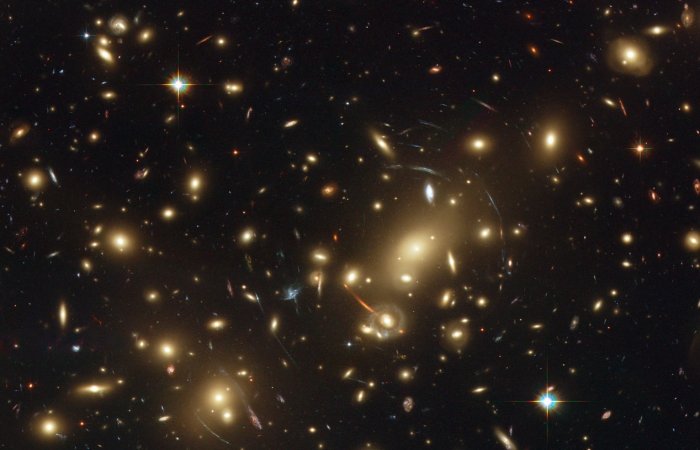Denser Environments Cultivate Larger Galaxies
Eddie Gonzales Jr. – MessageToEagle.com – Galaxies exist in varying environments, from densely populated regions to isolated universe areas with few or no neighboring galaxies.
A new study has found that galaxies with more neighbors tend to be larger than their counterparts, which have a similar shape and mass but reside in less dense environments.
Images of galaxies of a variety of shapes and sizes. New research shows that galaxies with more nearby neighbors tend to be larger.NAOJ/NASA/ESA/CSA
Now, researchers at the University of Washington, Yale University, the Leibniz Institute for Astrophysics Potsdam in Germany, and Waseda University in Japan report that galaxies found in denser regions of the universe are as much as 25% larger than isolated galaxies.
The team used a new machine-learning tool to analyze millions of galaxies, helps resolve a long-standing debate among astrophysicists over the relationship between a galaxy’s size and its environment.
“Current theories of galaxy formation and evolution cannot adequately explain the finding that clustered galaxies are larger than their identical counterparts in less dense regions of the universe,” said lead author Aritra Ghosh, a UW postdoctoral researcher in astronomy and an LSST-DA Catalyst Fellow with the UW’s DiRAC Institute.
“That’s one of the most interesting things about astrophysics. Sometimes what the theories predict we should find and what a survey actually finds are not in agreement, and so we go back and try to modify existing theories to better explain the observations.”
Past studies found cluster galaxies smaller than isolated ones, while others concluded the opposite.
Image of Abell 2218, a dense galactic cluster approximately 2 billion light years from Earth.NASA/ESA/Johan Richard
In this new study, Ghosh and his colleagues utilized a survey of millions of galaxies conducted using the Subaru Telescope in Hawaii. This endeavor, known as the Hyper Suprime-Cam Subaru Strategic Program, took high-quality images of each galaxy.
The team chose 3 million galaxies with the best data and used machine learning to measure their sizes. They then placed a 30-million-light-year radius circle around each galaxy to represent its immediate surroundings.
The question was: How many neighboring galaxies lie within that circle?
The study revealed that galaxies with more neighbors were generally larger. This could be due to several factors: dense galaxy clusters may form larger galaxies initially, merge more efficiently, or be influenced by dark matter halos’ gravitational pull, which affects galaxy evolution.
“Theoretical astrophysicists will have to perform more comprehensive studies using simulations to conclusively establish why galaxies with more neighbors tend to be larger,” said Ghosh. “For now, the best we can say is that we’re confident that this relationship between galaxy environment and galaxy size exists.”
The team reached a clear conclusion using the Hyper Suprime-Cam Subaru Strategic Program’s large dataset. Additionally, their new machine learning tool determined galaxy sizes while accounting for measurement uncertainties.
“One important lesson we had learned prior to this study is that settling this question doesn’t just require surveying large numbers of galaxies. You also need careful statistical analysis. A part of that comes from machine learning tools that can accurately quantify the degree of uncertainty in our measurements of galaxy properties.” said Ghosh in a press release.
The machine learning tool that they used is called GaMPEN — or Galaxy Morphology Posterior Estimation Network, which freely available online.
“Very soon, large datasets will be the norm in astronomy,” said Ghosh. “This study is a perfect demonstration of what you can do with them — when you have the right tools.”
Original of this press release – here
Written by Eddie Gonzales Jr. – MessageToEagle.com Staff Writer
Related Posts
-
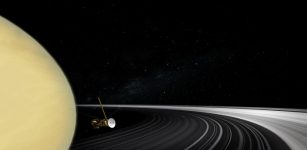 Cassini Data Suggests Saturn’s Rings Are As Old As Solar System Itself
No Comments | Sep 18, 2019
Cassini Data Suggests Saturn’s Rings Are As Old As Solar System Itself
No Comments | Sep 18, 2019 -
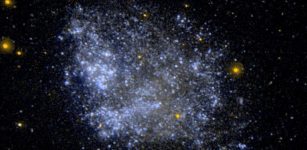 Is Dark Matter Made of Primordial Black Holes?
No Comments | Apr 23, 2018
Is Dark Matter Made of Primordial Black Holes?
No Comments | Apr 23, 2018 -
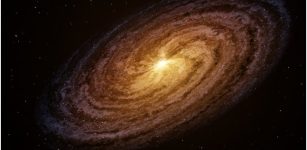 Star Fuel Surrounding Galaxies – Identified By Astronomers
No Comments | Jan 20, 2022
Star Fuel Surrounding Galaxies – Identified By Astronomers
No Comments | Jan 20, 2022 -
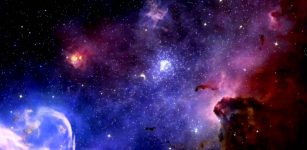 We Live In A Magnetic Universe – Galaxy Five Billion Light-Years Away Reveals
No Comments | Aug 29, 2017
We Live In A Magnetic Universe – Galaxy Five Billion Light-Years Away Reveals
No Comments | Aug 29, 2017 -
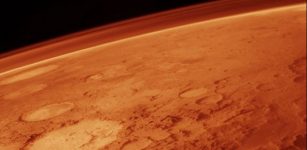 Breakthrough In Determining Life’s Origin On Earth And Maybe Mars
No Comments | Jun 3, 2022
Breakthrough In Determining Life’s Origin On Earth And Maybe Mars
No Comments | Jun 3, 2022 -
 How Do Galaxies Evolve? Possible Missing Link Found
No Comments | Jul 22, 2022
How Do Galaxies Evolve? Possible Missing Link Found
No Comments | Jul 22, 2022 -
 Second Planet Orbiting Our Nearest Neighbor Proxima Centauri – Detected
No Comments | Jan 18, 2020
Second Planet Orbiting Our Nearest Neighbor Proxima Centauri – Detected
No Comments | Jan 18, 2020 -
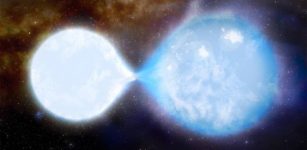 Dark Couple – Most Massive Touching Stars Ever Found Will Eventually Collide As Black Holes
No Comments | Apr 28, 2023
Dark Couple – Most Massive Touching Stars Ever Found Will Eventually Collide As Black Holes
No Comments | Apr 28, 2023 -
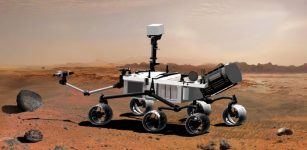 NASA’s Curiosity Rover Analyzes Drilled Samples Using Its Onboard Labs
No Comments | Jun 5, 2018
NASA’s Curiosity Rover Analyzes Drilled Samples Using Its Onboard Labs
No Comments | Jun 5, 2018 -
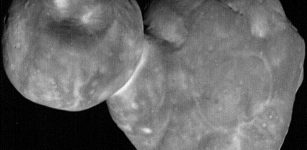 New Horizons Spacecraft Captured The Sharpest Possible Pictures Of Ultima Thule
No Comments | Feb 25, 2019
New Horizons Spacecraft Captured The Sharpest Possible Pictures Of Ultima Thule
No Comments | Feb 25, 2019


